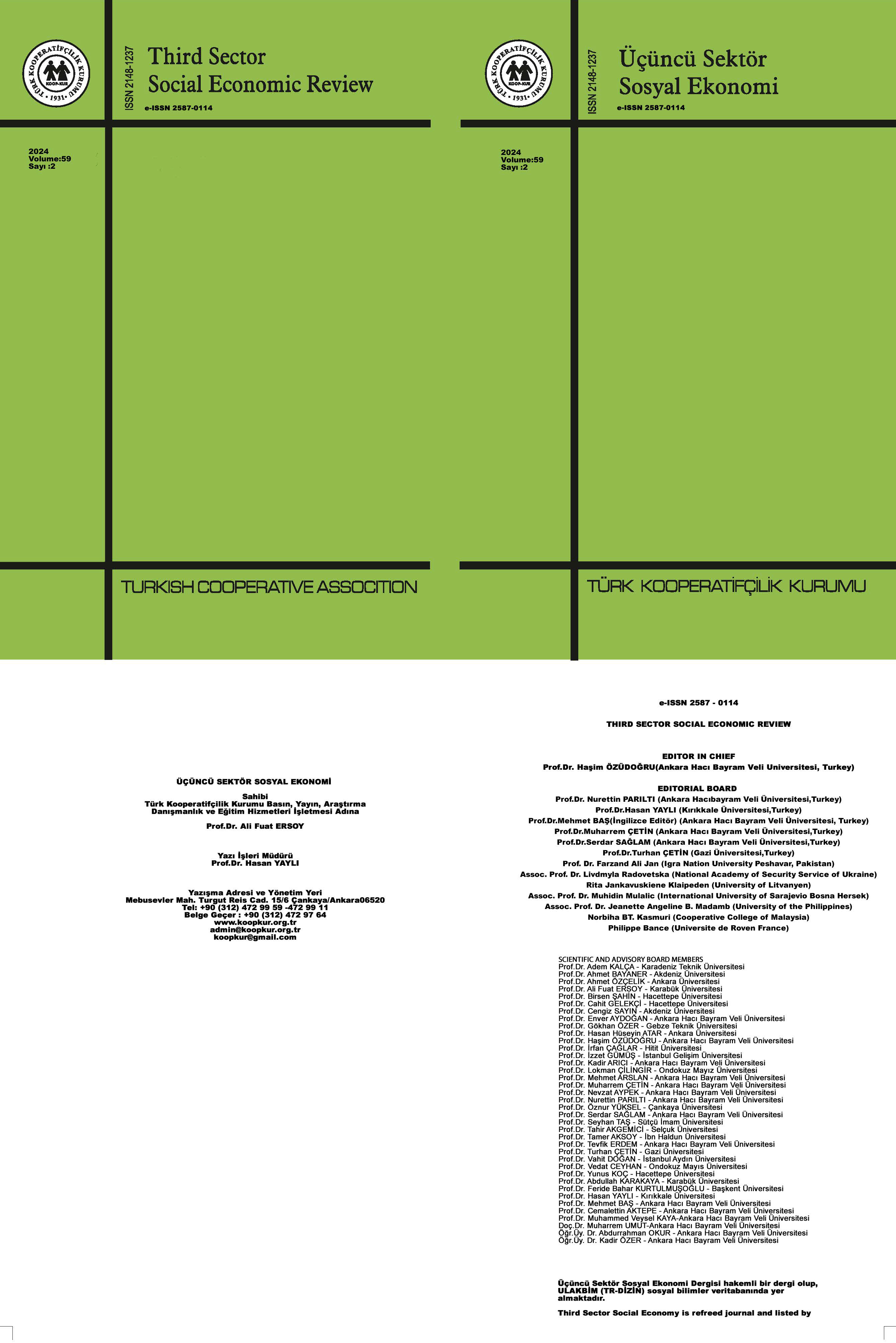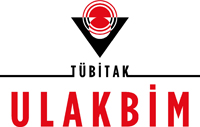MEDIATING ROLE OF CAREER SATISFACTION IN RELATIONSHIP OF ORGANIZATIONAL TRUST WITH INNOVATIVE WORK AND VOICE BEHAVIOR
Keywords:
Organizational Trust, Innovative Work Behavior, Career Satisfaction, Voice Behavior, Hospital EmployeesAbstract
The main purpose of this study is to examine the relationships between organizational trust, innovative work behavior, career satisfaction and voice behavior, and also to determine whether career satisfaction has a mediating role between organizational trust and innovative work behavior and between organizational trust and voice behavior. 298 personnel from a hospital operating in Ankara participated in the research between September and October 2023. Participants in the research; 7-item Organizational Trust Scale developed by Schoorman, Mayer, and Davis (2007) to measure perceptions of organizational trust; the five-item Career Satisfaction Scale developed by Greenhaus, Parasuraman, and Wormley (1990) for perception of career satisfaction; for innovative work behavior, the 9-item Innovative Work Behavior Scale developed by Janssen (2000) was used, and for voice behavior, the 6-item Voice Behavior Scale developed by Van Dyne and LePine (1998) was used. Within the scope of the research, a survey was conducted with statements prepared from online and face-to-face scales. To analyze the data, correlation and regression analysis were applied respectively with the SPSS26 licensed program. According to the analysis, there is a positive and meaningful relationship between all variables. In addition, regression analysis showed that career satisfaction has a partial mediating effect between organizational trust and innovative work behavior, and career satisfaction also has a partial mediating effect between organizational trust and voice behavior. In other words, the increase in career satisfaction affects the effect of organizational trust on innovative work behavior. In addition, the increase in career satisfaction partially reduces and sustains the effect of organizational trust on voice behavior.









